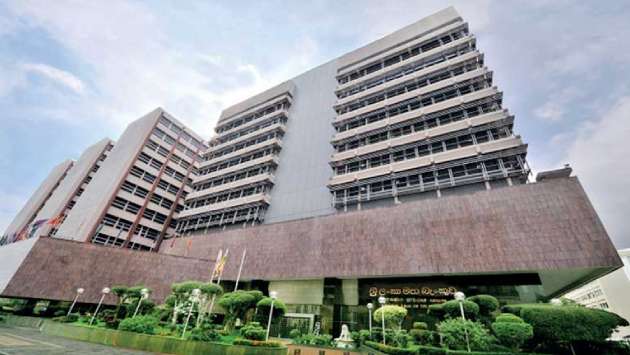Sri Lanka’s economy risks overheating after ‘undue’ rate cut

By Nishel Fernando
Sri Lanka’s Central Bank’s (CB) unexpected decision to cut its policy rate by 25 basis points to 7.75 percent risks pushing the nation’s economy towards overheating, according to a recent analysis by Bloomberg Economics.
The report, authored by economist Ankur Shukla, suggests the move was “undue” and could lead to a surge in imports, thereby straining foreign exchange (FX) reserves and devaluing the rupee.
Bloomberg Economics argues that the policy rate was appropriately set prior to the cut, considering inflation estimates and the output gap, and required no adjustment.
The primary concern is that the easing could propel the output gap(the difference between the economy’s actual and potential output) further into positive territory, signaling excessive demand. This, in turn, is anticipated to trigger an “undesirable jump in imports” by early next year.
The CB defended the rate reduction by stating its belief that inflation will likely fall below its own projections. However, Bloomberg Economics contends that the CB should have awaited concrete evidence of this trend, especially with potential inflationary pressures on the horizon. These include a possible 18.3 percent hike in electricity prices in the latter half of 2025 and robust credit growth that could intensify demand pressures beyond the CB’s forecasts.
While Sri Lanka has experienced deflation since September of the previous year, pushing up real interest rates, these conditions are expected to cease this month. Bloomberg Economics forecasts inflation to return in June and align with the CB’s 5 percent target by March 2026. Consequently, the 12-month forward-looking real rate, currently around 4.75 percent, could dip below the neutral level of approximately 3 percent by the first quarter of 2026.
The report notes that the output gap is currently negative but was projected to close this year even without further monetary easing.
Several factors are already bolstering growth, including rising credit to the private sector due to lower lending rates, a rebounding tourism industry, and improved investor confidence stemming from the government’s adherence to International Monetary Fund (IMF) fiscal targets.
Additionally, government relief measures in this year’s budget, such as tax reliefs, increased public wages, and higher allowances for the poor, are expected to boost consumption.
The combination of sub-neutral real rates and a significantly positive output gap could lead to excessive import demand. This surge, coupled with the resumption of dollar-debt servicing following the government’s debt restructuring, would likely deplete FX reserves and adversely affect the rupee.
Such a scenario could impede Sri Lanka’s efforts to increase its dollar reserves from the current $6.3 billion to the IMF’s target of $9.3 billion by 2026.
Following this rate cut, Bloomberg Economics now anticipates the CB will maintain the policy rate at 7.75 percent through December 2025.




